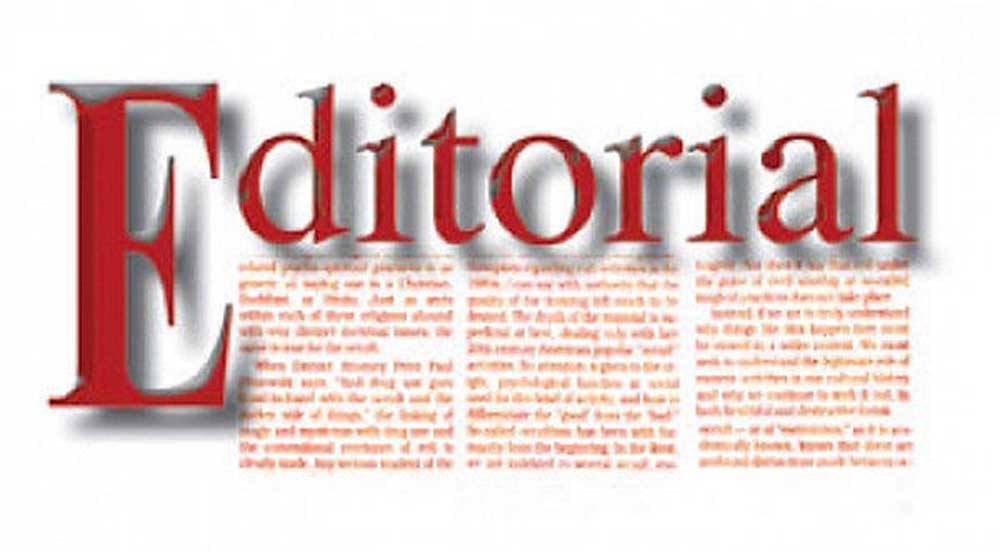The debate starts with definitions
Published 8:12 pm Wednesday, August 28, 2013
Any real debate begins with the defining of terms. If we don’t agree on what the words mean, we simply can’t communicate.
That’s why National Public Radio’s Pam Fessler’s recent piece, titled “A College Kid, A Single Mom, And The Problem With The Poverty Line,” is so helpful.
Trending
We can pretty much all agree that poverty is a bad thing. But we don’t always agree on just what constitutes poverty.
If we’re going work towards a solution, we have to know where the problem begins.
“Rico Saccoccio is a junior at Fordham University in the Bronx,” Fessler writes. “He’s from a middle-class family in Connecticut and he spent the summer living at home with his parents, who cover about $15,000 a year in his college costs. According to the U.S. government, Saccoccio is living in poverty. The $8,000 he earns doing odd jobs puts him well below the $11,945 poverty threshold for an individual. In fact, the U.S. Census Bureau recently reported that more than half of all college students who are living off campus and not at home are poor.”
But is he? Saccoccio doesn’t think of himself as poor. Instead, he feels he’s living frugally to finance future success: “It’s a temporary investment, and you don’t have to live like you do in college after you leave school.”
Then there’s Marion Matthew, a single mother in the Bronx.
“She relies on a local food pantry and government benefits like food stamps and housing assistance to support herself and her 17-year-old son,” Fessler reports. “But, according to the government, Matthew is not poor. She earns about $23,000 a year, which puts her well above the federal poverty line for a family of two — about $15,825 in 2012. Matthew says she certainly feels poor, because the money doesn’t go very far in a city like New York.”
Trending
These two examples demonstrate that the federal definition of poverty is inadequate.
There are some obvious flaws, according to Fessler.
“It doesn’t account for geographic differences,” she says. “The poverty line is the same, no matter where you live — whether it’s in New York City or rural South Dakota. It’s based on a 50-year-old formula that assumes Americans spend about a third of their income on food. Today, people spend only about a sixth of their income on food. But they spend a bigger chunk of their income on other items, like child care and medical expenses. It doesn’t consider the value of government benefits, such as food stamps and tax credits.”
We must reassess how we define poverty, because those regional differences do matter, times have changed and government benefits should count.
Definitions matter because they direct the debate. If we talk about helping the poor, as the above case shows, we could find ourselves directing our limited resources at the college kid who doesn’t need it, instead of at the single mother who does.
With a better definition of poverty, we can have more confidence that our efforts aren’t being misspent, along with our tax dollars.




